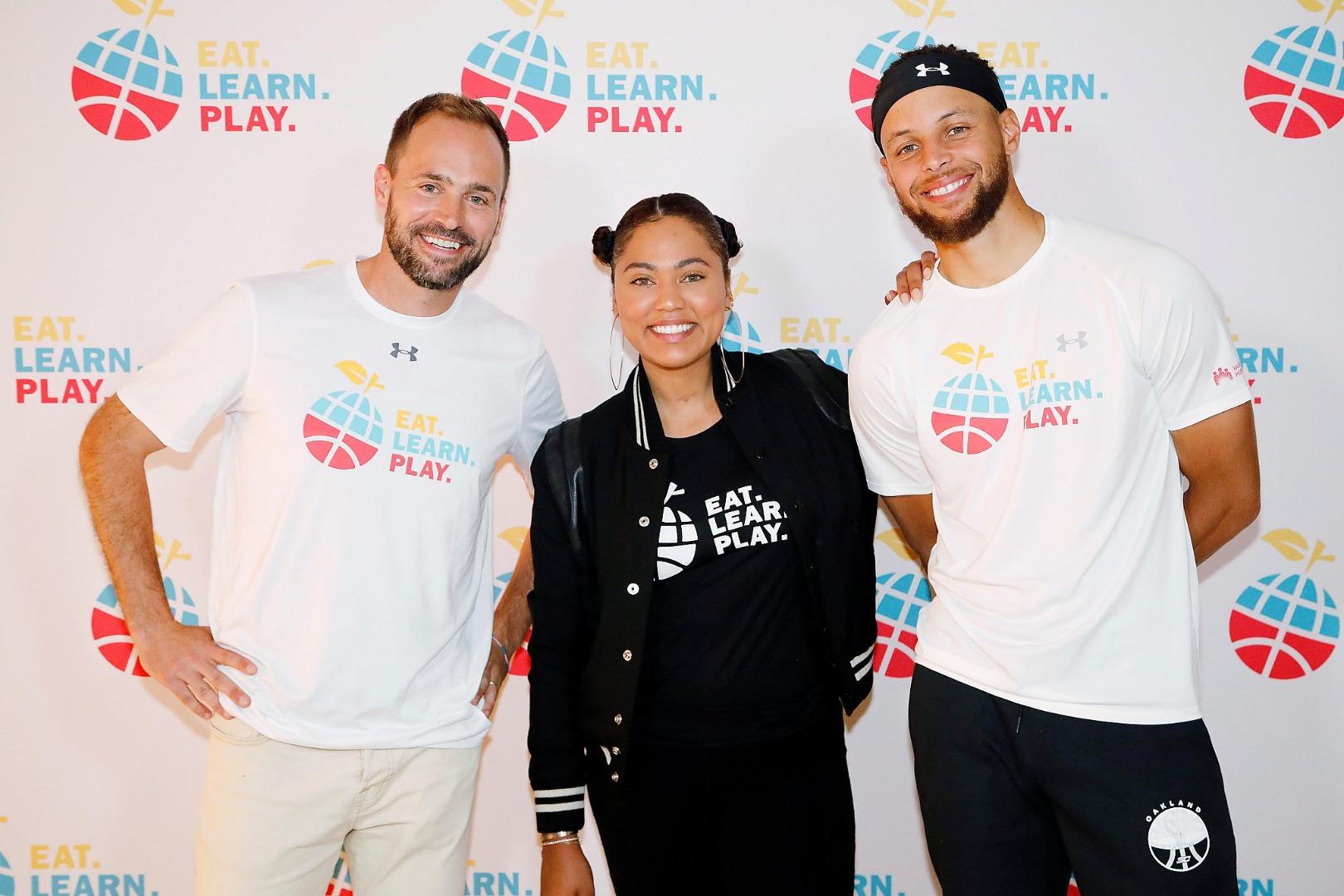
Empowering Change: The Impact of NIL in College Basketball and Athlete Philanthropy
The Rise of NIL and Its Social Potential
As March Madness captivates the nation, the college basketball landscape is not only a battleground for athletic supremacy but also a fertile ground for social influence, thanks to the NIL policies. These regulations have revolutionized how athletes engage with their fame and financial prospects, offering a unique platform for societal contribution.
In women’s basketball, figures like Caitlin Clark, Angel Reese, and Juju Watkins are not merely athletes; they are pioneers reshaping the narrative around the potential of NIL. Their journeys accentuate the shifting dynamics in college sports, where women’s basketball is becoming a powerhouse of influence and social engagement. According to Marketing Brew, this shift is steering new opportunities and reshaping the landscape of college sports philanthropy.
Yet, the journey of NIL in philanthropy is in its nascent stages. The current trend, often seen as transactional engagements at charity events, merely scratches the surface of the profound impact these platforms can achieve. The Sports Philanthropy Network suggests a deeper, more intentional strategy could transform these platforms into powerful tools for genuine, sustainable social change.
Strategizing Philanthropy with League Assists
Navigating this new landscape requires expertise, strategy, and a deep understanding of both the sports and philanthropic sectors. League Assists emerges as a pivotal facilitator in this realm, connecting athletes with meaningful community projects and nonprofit organizations to ensure that their influence translates into tangible societal benefits.
The NIL era, especially highlighted during March Madness, is a prime opportunity for athletes to use their platforms for significant societal impact. As AP News notes, NIL has fundamentally changed the game, offering new ways for athletes to engage with their communities and causes they are passionate about.
In conclusion, the intersection of NIL, college basketball, and social impact signifies a promising avenue for athlete-driven philanthropy. The narrative of March Madness and beyond should not only focus on the success on the court but also on the profound social impact these athletes can have. With strategic partnerships and guidance from organizations like League Assists, the potential for athletes to contribute meaningfully to society is immense, heralding a new era of sports philanthropy where every dribble, dunk, and three-pointer resonates far beyond the basketball court.
This comprehensive piece captures the evolving role of NIL in college sports, emphasizing the need for strategic philanthropy and the critical role of facilitators like League Assists in shaping a future where athletes’ fame serves as a catalyst for positive social change.
- Empowering Change: The Impact of NIL in College Basketball and Athlete Philanthropy - March 20, 2024
- Rethinking NBA Fines: A Strategic Approach to Philanthropy and Player Engagement - March 13, 2024
- Steph Curry’s Strategic Philanthropy: From Malaria Campaigns to a $50M Oakland Initiative - February 22, 2024


